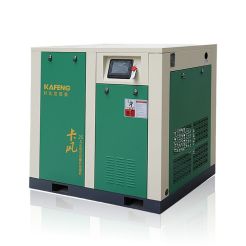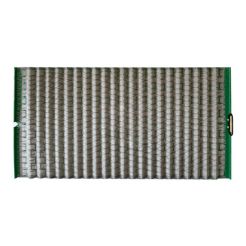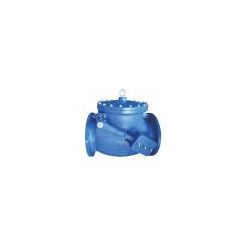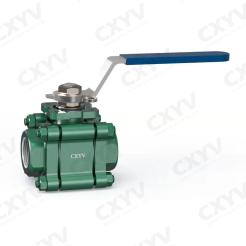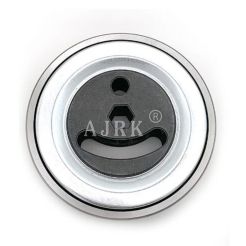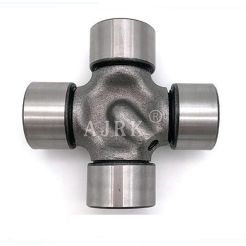2-Way Solenoid Valves
2-Way Solenoid Valves
Product Description
A 2-way solenoid valve is a versatile and crucial component in various fluid control systems. It operates using an electromechanical actuator to control the flow of liquids or gases through a system. Understanding its functionality, components, and applications can help in selecting the right valve for specific needs.
Key Components of a 2-Way Solenoid Valve
- Solenoid Coil: The electromagnet that, when energized, generates a magnetic field to move the plunger.
- Plunger: A movable core that opens or closes the valve by moving up and down in response to the magnetic field.
- Valve Body: The main structure housing the ports and internal components.
- Spring: Provides the default state (open or closed) by exerting force on the plunger when the solenoid is not energized.
- Ports: Inlet and outlet connections for fluid to enter and exit the valve.
Applications of 2-Way Solenoid Valves
2-way solenoid valves are widely used across various industries due to their simplicity and reliability. Some common applications include:
- Water Supply Systems: Used to control the flow of water in residential, commercial, and industrial settings.
- HVAC Systems: Regulate the flow of refrigerants and other fluids to maintain optimal temperature and pressure conditions.
- Irrigation Systems: Automate the watering process in agricultural and landscape irrigation systems.
- Automotive Systems: Control fuel, air, and hydraulic fluids in vehicle systems.
- Medical Devices: Manage the flow of gases and liquids in medical equipment like ventilators and analyzers.
Advantages of 2-Way Solenoid Valves
- Rapid Response: Solenoid valves can switch between open and closed states quickly, providing precise control over fluid flow.
- Compact Design: Their relatively small size makes them suitable for applications with space constraints.
- Low Power Consumption: Solenoid valves generally require minimal electrical power to operate, making them energy-efficient.
- Reliability: With few moving parts, solenoid valves offer reliable performance and long service life.
- Versatility: Available in various materials and configurations to handle different types of fluids and operating conditions.
